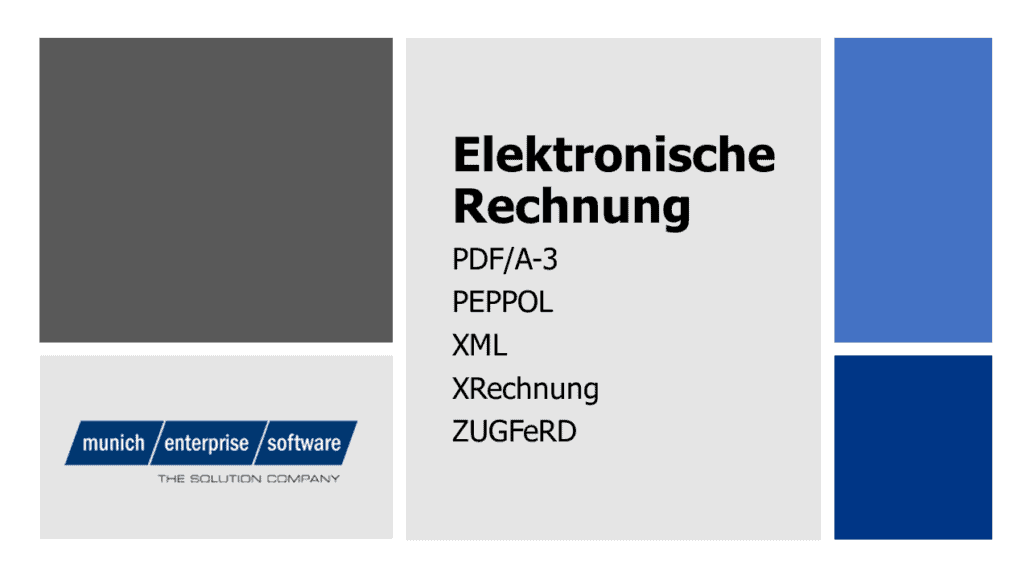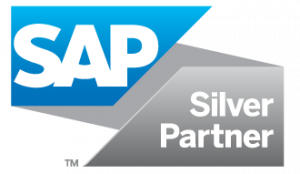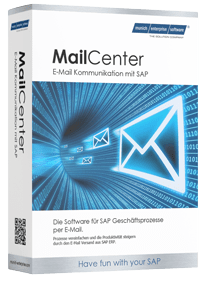E-invoicing: meaning, benefits and legal requirements
Digitization is fundamentally changing accounting. One of the most important developments is the introduction of e-invoicing. It helps companies to make processes more efficient, reduce costs and meet legal requirements. With a view to the e-invoicing obligation from 2025 , the topic will be relevant for all companies in Germany.
Why it makes sense to switch to e-invoices
The switch to electronic invoices offers companies clear economic and organizational advantages:
Table of Contents
- E-invoicing: meaning, benefits and legal requirements
- Why it makes sense to switch to e-invoices
- Definition and formats of e-invoices
- Legal framework
- Steps to successful implementation
- Benefits of e-invoicing for businesses
- Frequently asked questions about e-invoicing
- Conclusion: E-invoicing as the future of accounting

- Cost savings due to elimination of paper, printing and postage
- Accelerated processes thanks to automated workflows
- Fewer sources of error due to machine processing
- Improved traceability and transparency
In Germany, around 32 billion invoices are issued every year. A paper invoice costs up to 9 euros including postage, while an e-bill often costs only a few cents. Companies that switch early therefore secure competitive advantages.
Definition and formats of e-invoices
An e-invoice differs from a simple PDF: it is available in a structured, machine-readable format. This allows invoices to be automatically checked, processed and integrated into ERP systems. Permitted formats in Germany are XRechnung and ZUGFeRD:
- XRechnung: XML-based format, mandatory for exchange with public buyers
- TRAINFeRD: Hybrid format with human-readable PDF and embedded XML file
A simple PDF invoice by e-mail does not meet these requirements.
Practical example: Pneuhage has been relying on XRechnung since 2020
A clear example is the Pneuhage success story.
The tire wholesaler has been using XRechnung since 2020 to comply with legal requirements for public clients.
With the changeover, Pneuhage was able to accelerate accounting processes, avoid media disruptions and reliably meet compliance requirements.
This practical example shows that e-invoicing is not only a legal obligation, but also brings concrete benefits in terms of efficiency and transparency.
Legal framework
With the e-invoicing obligation, electronic invoices become binding in Germany. The schedule provides for three stages:
- 2025: Obligation to receive e-invoices in the B2B sector
- 2026: Obligation to issue for many companies
- 2027: full obligation for all companies
Exceptions only apply to small-value invoices up to 250 euros and certain tax-exempt transactions. Companies must also ensure data protection, IT security and audit-proof archiving in order to withstand legal audits.
Steps to successful implementation
The introduction of e-invoices is best achieved in clearly structured steps:
- Analysis of the processes: Review and document existing processes
- Legal requirements: Consider retention obligations and formats
- Choice of format: Decision between XRechnung or ZUGFeRD, depending on the business partners
- Integration: Connection to ERP or accounting software
- Training of employees: Creating an understanding of new processes
- Pilot phase and rollout: Test with selected partners, followed by company-wide rollout
Benefits of e-invoicing for businesses
- Cost savings: less paper, printing and postage
- Faster payment processes and improved liquidity
- Better compliance through standardized digital processes
- Transparent archiving and easy tracking
- Sustainability: Reduction of paper consumption and CO₂ emissions
Frequently asked questions about e-invoicing
Is a PDF by email a valid e-invoice?
No. A PDF does not meet the legal requirements. An e-invoice must contain structured data, e.g. in XRechnung or ZUGFeRD format.
What are the deadlines for the e-invoicing obligation?
The obligation will start on 1 January 2025 with the receipt of invoices, followed by the obligation to issue invoices from 2026, and it will apply to all companies from 2027. Details here: E-invoicing obligation 2025–2027.
How does the implementation succeed in SAP?
E-invoices can be seamlessly integrated into SAP. Solutions such as SAP electronic invoicing support automated processing, provide compliance security and save time.
Conclusion: E-invoicing as the future of accounting
E-invoicing is a central component of digital transformation. It increases efficiency, reduces costs and meets legal requirements from 2025. Companies that act in time benefit from competitive advantages, higher security and sustainable processes. Modern solutions – from SAP to DATEV – already offer integrated functions for e-invoices.
We support you with practical solutions and add-ons that enable seamless integration. Contact us to develop the right strategy for your company.






